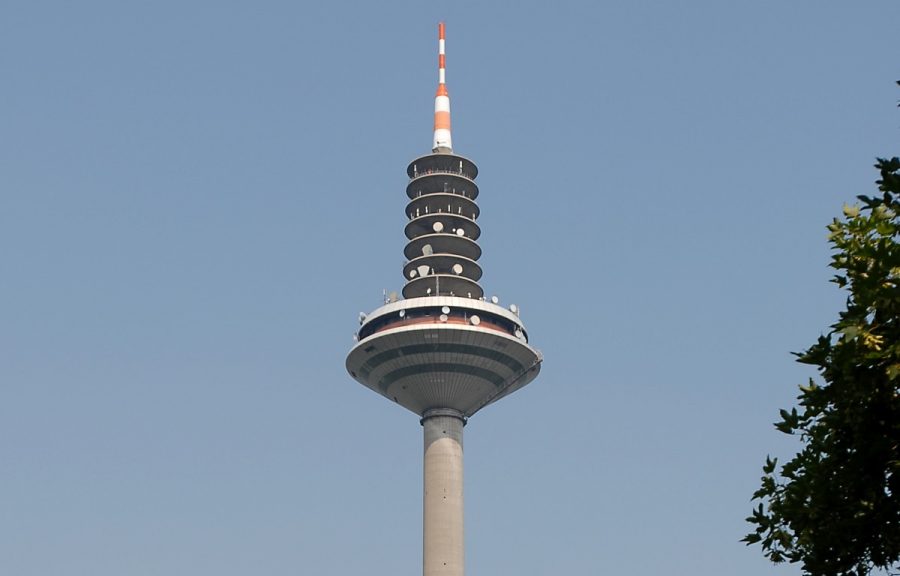 The frequencies in the 470-694MHz range must be retained for broadcasting and event technology beyond 2030. This was the viewpoint of an online conference by the German Alliance for Broadcasting and Cultural Frequencies.
The frequencies in the 470-694MHz range must be retained for broadcasting and event technology beyond 2030. This was the viewpoint of an online conference by the German Alliance for Broadcasting and Cultural Frequencies.
High-profile representatives of federal and state politics, broadcasters, cultural organisations and equipment manufacturers underlined this demand with regards to the preparations for the World Radiocommunication Conference 2023 (WRC-23) and an upcoming recommendation by the EU next year.
The coalition forming the future German government recently sent a clear signal: The coalition agreement includes the goal of “permanently securing the UHF band for culture and broadcasting”. Thomas Hacker (FDP), Member of Parliament, underlined this political commitment and his conviction that the frequencies are a vital prerequisite for securing and developing culture and broadcasting in Germany.
Heike Raab (SPD), State Secretary of federal state Rhineland-Palatinate and coordinator of broadcasting affairs in the federal states, affirmed that the new government also has the support of the federal states in this important frequency policy issue.
Millions of people are using the broadcasting services of public and commercial broadcasters every day. The broadcasters require the UHF frequencies to produce media content in a contemporary manner and to transmit it via a crisis-proof infrastructure, according to the alliance. Additionally, they need a perspective for being able to use the current broadcasting spectrum for 5G Broadcast in future.
The UHF frequencies are also required for cultural and event operations, for example for wireless microphones. Theatres, trade fairs and universities depend on the interference-free use of the frequencies and on their occupation in partnership with broadcasting, underlines the alliance.
Meanwhile, the debate is moving to EU level: In 2022, a decision will be made on the strategy for the future use of UHF frequencies at European with regards to WRC-23. The new German government also wants to soon position itself in terms of frequency policy at European and international level.
The members of the Alliance for Broadcasting and Cultural Frequencies include ARD, ZDF, Deutschlandradio, Media Broadcast, the German media authorities, Sennheiser, the initiative SOS – Save Our Spectrum and industry associations VAUNET and ZVEI. The alliance is committed to the long-term allocation of the 470-694MHz frequencies in the UHF band to broadcasting and wireless production.